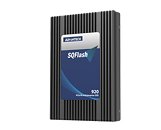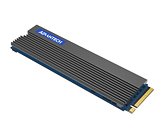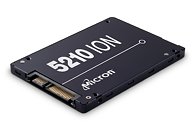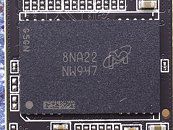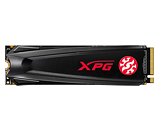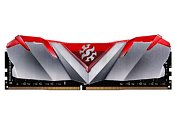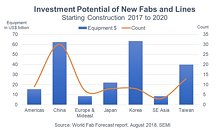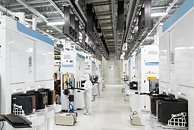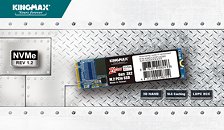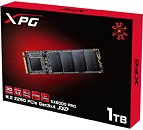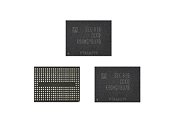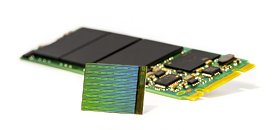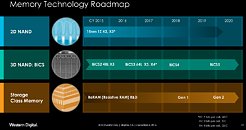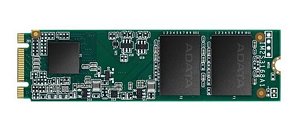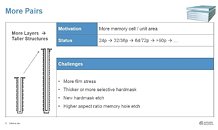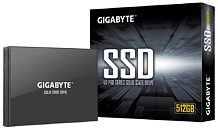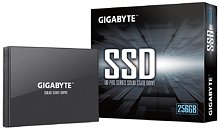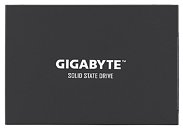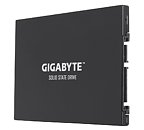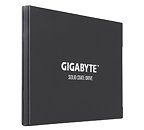Greenliant Sampling Industrial Temperature SATA M.2 ArmourDrive SSDs Up to 1TB
Greenliant is growing its portfolio of ArmourDrive solid state drive (SSD) modules with the introduction of 87 PX Series SATA M.2 products. Designed for embedded systems requiring removable data storage that can operate in extreme environments, industrial temperature (-40°C to +85°C), SATA M.2 ArmourDrive SSDs are built in the widely used 2280 form factor.
With high reliability and low power consumption, SATA M.2 ArmourDrive SSDs can be used in a multitude of applications, including Internet of Things (IoT) devices, industrial automation, servers, networking equipment, digital signage, surveillance and video conferencing systems. SATA M.2 ArmourDrive supports the SATA 6Gb/s interface and can reach up to 550/500 MB/s sequential read/write performance. Using 3-bits-per-cell (TLC) 3D NAND flash memory, 87 PX Series SATA M.2 ArmourDrive is rigorously tested to give customers cost-effective and reliable removable solid state storage for space-constrained systems.
With high reliability and low power consumption, SATA M.2 ArmourDrive SSDs can be used in a multitude of applications, including Internet of Things (IoT) devices, industrial automation, servers, networking equipment, digital signage, surveillance and video conferencing systems. SATA M.2 ArmourDrive supports the SATA 6Gb/s interface and can reach up to 550/500 MB/s sequential read/write performance. Using 3-bits-per-cell (TLC) 3D NAND flash memory, 87 PX Series SATA M.2 ArmourDrive is rigorously tested to give customers cost-effective and reliable removable solid state storage for space-constrained systems.

